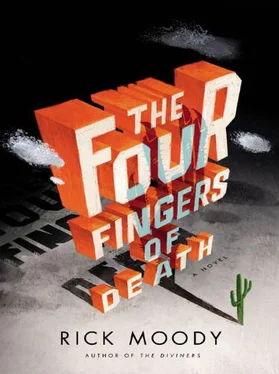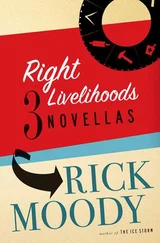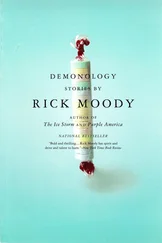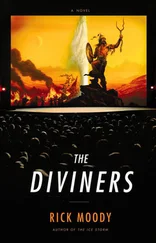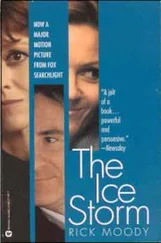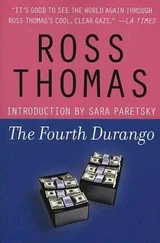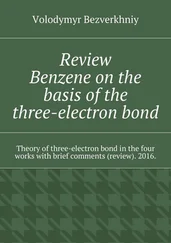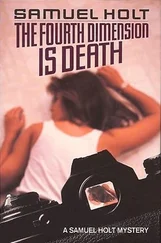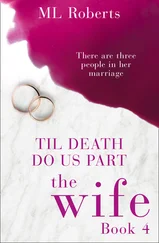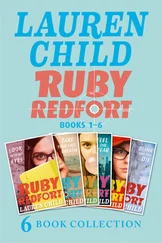“In any event, up until now we’ve assumed he’s not infected. That means we can move on to other questions ultimately, but before that I’d like to introduce a craniofacial medical expert, Dr. Morris Downes. We’ve been using him as a symbolic field analyst of mission video throughout. He looks at the body language of the astronauts, so that we might gather information they’re unwilling to give us through more traditional means, and he’s going to discuss Jed’s face, as you see it before you.”
Levin interrupted, “We have, ladies and gentlemen, an impatient public to think about. I need to know what you are proposing to do about this astronaut. How are you going to tell his story to our audience?”
Vance leaned forward, from the relaxed posture in which he had been allowing the drama to play out, and most of the middle managers quieted, as if in anticipation. “Ma’am,” he said, “the situation is simple. If we think he’s well, we’re going to let him land, and we’re going to give him a hero’s welcome. If he’s sick, well, then despite what we have aboard that craft, the soil samples, the rock samples, the terabytes of data, we really don’t have much choice but to abort.”
Onscreen, Richards was grimacing at that moment, as though experiencing some of the stomach pain that the medical people said was associated with an ulcer he’d contracted over months of famine. It was as if he knew that they were all talking about him back home. Levin gazed at the grizzled, bearded, and exhausted face.
“And that means what, exactly?”
Vance said, “That means something happens to the craft.”
In the American Southwest, the sun had just risen over the preposterous saguaros, that primordial vegetation. In the aubergine tonalities of the post-technological evening, this crop seemed to have no purpose but to cast comical shadows across the serious business of that very porous NAFTA border. Rio Blanco was in the seventh year of its drought. Real estate values had found yet another trapdoor in the floor below. The mortgage market was in its third bust cycle, a genuine boom nowhere to be found between them. In the prior years, the region had got nine-tenths of its annual rainfall in the monsoons, cascading walls of water that roared through the parched washes like apocalyptic bulldozers, flattening everything that opposed them. And in this biblical season, the monsoons were quickly followed by outbreaks of fire in the bone-dry Sonoran Desert, conflagrations that wiped out whole subdivisions, some of them only lately rebuilt with dwindling federal matching money. These fires were by now so predictable that there was no point in searching out the hapless smoker or the pathological teen who served as their cause. The city tracked the fires on the evening news (likewise the floods), and even created the SexyFirefighters.com web portal, where the firefighting crews of the Southwest could be seen shirtless, pinned down in invigorating ravines of flame. What to do about conflagration when there was no water, excepting flash floods, when there was always someone upriver, stealing your supply, namely the exploding Mormon underclasses of Utah. To fight fires in Rio Blanco, they used shovels and explosive ordnance. The fires sputtered out when there was nothing left to burn. Like last summer: the brownouts and blackouts on the grid in Arizona had caused many of the buildings in the city to crack and fail in the warmer months, when the temperature hovered around one hundred and twenty.
It took a special stubbornness to stay in Rio Blanco, and that was the kind of stubbornness exhibited by renowned international stem cell theoretician Woo Lee Koo.
His nationality was infamous, let us say, his nationality was a laughingstock. His fatherland had done more to defame his area of expertise than any other nation on Earth. In the popular imagination, the Korean peninsula was, scientifically, a region of dreaming, scheming venture capitalist bumpkins who, in peer-reviewed journals, would say anything to command a few research dollars for a couple of years. When their extravagant claims were subject to experimental scrutiny, they disappeared into their Asian outback. Koo was a Korean who deplored the scientific failures of his homeland; he deplored the South Korea of his youth, the South Korea of unrepeatable experimental data on human cloning, cold fusion, dark matter, replacement body parts, authoritarian law enforcement, and more. Woo Lee Koo dreamed of restoring the reputation of his countrymen, and in this regard he worshipped the elegant empirical methodologies that one encountered only in the New England Journal of Medicine . When he had a chance to leave Seoul, to take a teaching position in the United States, it was as if he could not get on the jet quickly enough. True, many of his classmates stayed in Asia, where biotechnology was growing by leaps and bounds, and where the hands-off government funding approached that of the centralized economies of China and India. There was more money to be made working on these government-financed projects. And the USA, to which he had immigrated, was like some codger on his last bionic legs. Yet there were principles to consider. America, in its period of postimperial stagflation, revered principle. Koo admired the romance of the past, he liked the desolation of America, and he especially liked the remarkable emptiness of the Southwest. The job offer from URB, the University of Rio Blanco, married together the desperation of both employer and employee: Come help us reanimate the nervous systems of neurologically degenerated patients! We’ll give you first-class experimental laboratories, a world-class department, internationally renowned colleagues, housing, every fifth year off . The list of benefits only grew. His friends could not understand why he was leaving, what friends remained.
There was a reason for his solitude, for his unmoored feeling. He blamed it upon the death of his wife, Nathalie Fontaine, a French missionary to Korea, whom he had met during his undergraduate time, when Koo in some kind of weak moment flirted with the grandeur of Catholicism. Nathalie, whose family had come to Asia from the suburbs of Lyon, had green eyes and a bob that caused her to resemble the late great French actress Juliette Binoche. From the earliest days of their marriage, however, Nathalie also exhibited the wasting symptoms and the spasticity of Huntington’s chorea. A particularly unforgiving malady. Nathalie’s missionary work, it seemed, had much to do with her belief that she would not last. Her gradual diminishment was incremental enough that she was able to get pregnant with their son, Jean-Paul, to remit somewhat during pregnancy, and to carry him to term.
But as Jean-Paul progressed through his elementary and middle school years, Nathalie’s illness grew ever more debilitating. Chronic depression also began to have its way with Nathalie, despite her powerful faith. Koo, to his shame, responded in the way he always had. He worked especially hard. And yet he returned home promptly each night to massage his wife’s limbs, to speak to her as best he could about his projects, making sure that she knew she could rely on him. He believed himself more devoted than any other husband. As a father he was doting and tolerant. At the university, however, in Seoul, he was a hothead, as the Americans would have said, who demanded too much, who burned out laboratory assistants, even the most gifted ones, and whose reputation cowed incoming graduate students. Koo was just as missionary as his wife, missionary about empirical research, missionary about hypothesis and conclusion.
Of course, Koo believed that there was a stem cell application for Huntington’s chorea. He didn’t tell Nathalie this, as he didn’t bother her with things that he thought would just upset her anyway. As she grew more frail, he could see her working to give herself over to the god that had animated her missionary work. It was as though she were one of the medieval faithful. Her body grew ever more delicate, as if spun out of glass. Koo didn’t need to be the shining knight, the Asian wise man, he didn’t need to indulge in the passionate soliloquies of true love to indicate his devotion. He just needed, as he considered it, to produce results. If this required buttering up some South Korean politicians, burning out a few grad students, tripping up colleagues who had other ideas about departmental priorities, then this is exactly what he would do.
Читать дальше
